#basque mythology
Text



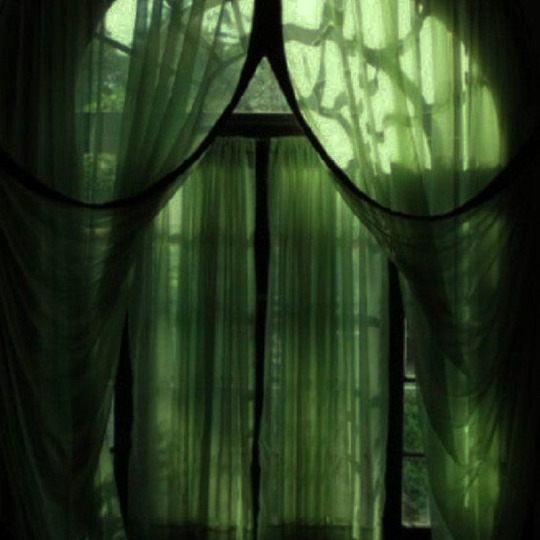



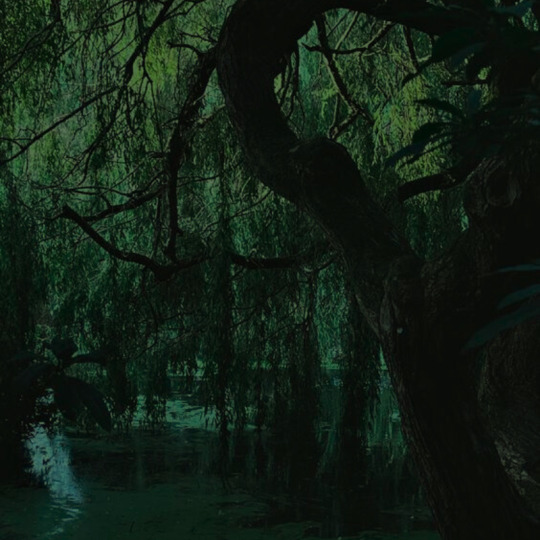

basque mythology: sorginak
sorginak often are said to transform themselves into animals, most commonly cats. these cats are sometimes said to bother pious women that do not wish to go the akelarre. it has also been recorded that they collected monetary fines from the people that did not wish to go to their ecstatic gatherings or those witches that absented themselves from them.
172 notes
·
View notes
Text
Aatxe
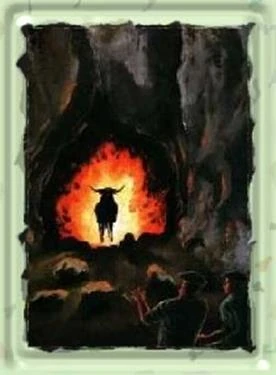


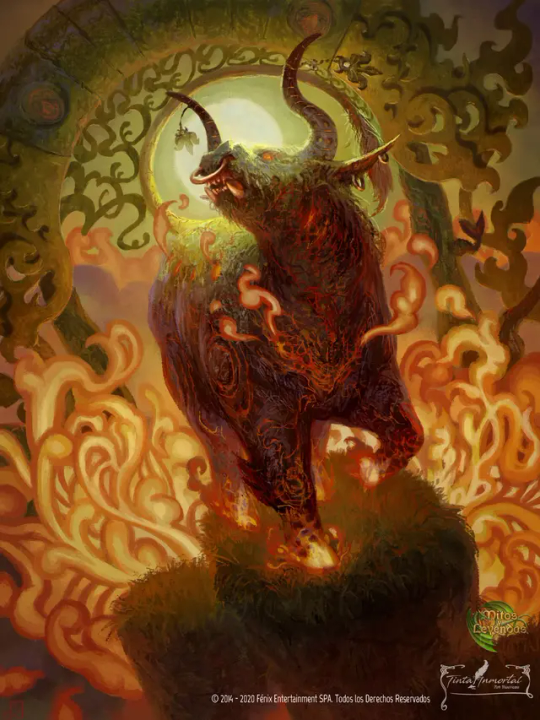
Among the numerous animal-shaped geniuses found in Basque mythology is Aatxe. Usually, these animal-shaped geniuses take the shape of male animals like pigs, dogs, vultures, goats, bulls, and rams. They are frequently found close to cave and grotto openings and are mentioned in myths about a world beneath the surface. They are closely linked to the Basque goddess Mari and are thought to be either her servants or her underlings, depending on which interpretation you choose. Natural phenomena are ascribed to these geniuses, who stand in for the forces of the earth.
The English translation of the name Aatxe is "young bull" or just "calf." For this reason, people sometimes refer to it as "red calf," or Aatexegorri.
The Aatxe is the guardian of Grottes de Sare, or Sara's Cave. When someone in his domain offends Aatxe, who often takes the shape of a red bull or occasionally a man, he is known to exact revenge. He is therefore occasionally referred to as the "enemy" or the "demon".
#Aatxe#Basque mythology#Basque#Mari#English#Grottes de Sare#Sara's Cave#shape#geniuses#who#red#ocassionally#found#cave#calf#bull
46 notes
·
View notes
Note
Is there any hope for more of the Basque mythology to be revived and or discovered
Kaixo anon!
It's never been completely lost and it certainly doesn't need a rediscovery, luckily!
#euskal herria#basque country#pays basque#pais vasco#euskadi#euskal mitologia#basque mythology#mythology#anons#tradition#culture
13 notes
·
View notes
Text
Brief mythological (and historical) dictionary of 'Irati'
@asongofstarkandtargaryen @queenmiriamele @luceirosdegolados @isadomna
Irati is a compendium of Basque mythology, it involves a review of many of its main figures, focusing on the "regent" of all creatures, the goddess Mari, embodied in the film by the actress Itziar Ituño. The filmmaker confesses that "many more" creatures appear in feature films than one is capable of perceiving, not in vain has he "played" to blur the lines between some mythological beings and others and to "mix". In an exercise of synthesis of the oral tradition, to which scholars such as the priest and anthropologist Joxe Miel Barandiaran dedicated a large part of their work, and with the desire to contextualize the spirit of Irati and the myths that through her gain new life, we offer you a small glossary of creatures, men and facts.
Aker: The goat is one of the beings that is not exclusive to Basque mythology, but also belongs to other traditions and religions. It is associated with the goddess Mari due to its healing abilities, but it is also associated with witchcraft. Not surprisingly, the term akelarre refers to the cult in which akerbeltz was venerated, an animal that, according to Barandiaran, was raised in homes to prevent cattle from getting sick. In fact, Barandiaran refers to him as a protective divinity. In different oral traditions of the Basque Country, he lives in a cave with a snake and is the custodian of a treasure. However, the witch hunt, which in the case of the Basque Country was promoted by Pierre de Lancre in the 17th century, caused the cult of the goat to be associated with the devil.
Basajaun: Being a giant humanoid in shape and covered in hair that lives in the depths of the forest or caves. This numen is related to traditional trades, with livestock, agriculture and blacksmithing. Thus, Basajaun is in charge of scaring the wolves to prevent them from attacking the sheep, which announce its presence with the unison ringing of their cowbells. The fact that it is considered the origin of various trades refers to the myth of Prometheus, the titan who stole fire from the gods to give it to humans, an act for which he was severely punished. According to Barandiaran, Basajaun was the first farmer from whom men, through deceit, obtained the first seed. The Gipuzkoan priest and anthropologist also highlighted that he is considered the first blacksmith and the first miller and, just like what happened with the first seed, the human being also stole the secrets for the manufacture of the saw, the axis of the mill and metal welding. Due to its characteristics it is also considered a jentil.
Eneko Aritza: Eneko Enekoitz, nicknamed Aritza (the oak or the strong), was the first king of Pamplona. The Latin sources name him as Enneco Ennecones, while the Muslims call him Wannaqo ibn Wannaqo. In this second feature film by Urkijo, he is played by Eneko Sagardoy and, along with the character played by Edurne Azkarate (Irati), he is one of the film's protagonists. The Álava filmmaker presents an Eneko before being crowned –he reigned between the year 824 and 852–. His father, also called Eneko (in the film he is played by Iñigo Aranbarri), was one of the leaders of the peninsular Vasconia who ambushed Charlemagne in Errozabal, in a contest that Otsoa Lupus II led from continental Vasconia.
Gentil or jentil: Wild giants of immense strength that lived in mountains or caves and were capable of lifting and throwing large stones. The jentil name is found in a multitude of Basque place names throughout the country's orography. The cromlechs and dolmens are, according to oral tradition, vestiges of these pagan builders who came to live in harmony after the spread of Christianity.
Lamia: Beautiful woman who combs her hair with a golden comb. Although it is anthropomorphic in shape, its feet can be those of a duck, chicken, or goat. It can be found on the banks of rivers and usually requires offerings, generally food (wheat, cornbread, cider, curd or milk). He usually rewards those who give him offerings in various ways. The philosopher Andrés Ortiz-Osés, in his work The Mother Goddess, in which he reflects on the figure of the goddess Mari and her cohort, speaks of the lamias as half nymphs and half mermaids, alluding to Greek and Latin myths. In this sense, Barandiaran neatly collected the different perspectives from which these beings have been described, either as numenas that help in farming or as beings that kidnap men on a whim. The advent of oxen-drawn plows (that is, technology) and the proliferation of Christian hermitages brought about the disappearance of lamias.
Mari: Main goddess of the Basque pantheon and one of the central figures in the film Irati. Urkijo highlights the telluric character of the deity and represents her as Mother Earth herself. As in Paleolithic religions, cavities represent the womb of life and she lives there, in the depths of a cavern, although paying attention to Barandiaran, she tends to periodically change homes by jumping from one mountain to another. She is the mother of the rest of the creatures that make up our mythology and, as Ortíz Osés explains, the goddess Mari is "omniparent", that is, she is the origin of everything and, at the same time, everything is linked. It usually appears combing her hair, cooking or spinning. The four elements converge in it and can be the source of storms and droughts. She is often consulted as an oracle and also rewards those who believe in her. It can be conjured by throwing or stacking pebbles.
Orreaga or Errozabal: In recent years, especially as a result of the investigations carried out by Xabier Irujo, the battle of Orreaga (the researcher claims the place name Errozabal) which took place in the year 778 has acquired new interest. The director of the Center for Basque Studies at the University of Nevada, Reno (USA), after almost a decade of studies using the original sources in Latin, denied many of the legends that have come down to our days, the majority of Frankish origin and that they were written 50 years after the death of Charlemagne (in the year 814) and also the events of the Chanson de Roland.
Before becoming emperor, Charlemagne, king of the Franks, undertook a campaign to develop the Hispanic March, a crusade whose objective was to consolidate a kingdom in the Pyrenees that would act as a barrier to prevent the advance of the Muslim kingdoms, after the start of their invasion in 711. With this objective he conquered the peninsular Pyrenees, that is, Navarra, including Pamplona. After failing in the attempt to conquer Zaragoza, Charlemagne, accompanied by 20,000 men, withdrew to Iruñea and, after destroying it, began the return trip through Errozabal, following a wooded path that connected Auritz with Luzaide.
Due to the narrowness of the track, the men had to march in a line, forming a line of between eleven and fourteen kilometers. It was then when the union between continental and peninsular Basques attacked the neck of the army, behind where the treasure was marching, producing what is known as the battle of Orreaga or Errozabal and which brought the defeat of Charlemagne's army, who fled from the fight and took refuge in Herstal, Belgium.
Irati seeks to be faithful to the latest research but, by ascribing to the sword and sorcery genre in the style of Legend or Willow, Urkijo did not want to miss out on the fantastic options that the Chanson de Roland allows.
Sugaar: A male snake. In some areas of the country, such as Ataun, Sugaar is a being that crosses the sky forming a fiery sickle figure. His presence announces the approach of a great storm. In other places, such as Azkoitia or Zarautz, on the other hand, the snake is the son and lover of the goddess Mari, as well as being the one who combs her hair. When both come together the heavens roar.
Tartalo: One-eyed man-eating creature. He is related to his Greek counterpart, Polyphemus, the son of Poseidon who was blinded by Odysseus in the Odyssey. Tartalo, according to Barandiaran, may be a corrupted version of Basajaun. Very present in the oral tradition of the municipalities of Goierri, Tartalo kidnaps human beings to devour them in the cave that he uses as his home and in which he lives with his sheep.
Zezengorri: In Basque mythology there are several animal-shaped numenas that share characteristic red skin. In addition to Zezengorri (red bull), we can find others such as Beigorri (red cow) or Zaldigorri (red horse). In any case, they are spirits from the subsoil whose objective is the defense of said cavities.
#irati#basque mythology#aker#basajaun#eneko aritza#gentiles#lamias#mari#orreaga#errozabal#sugaar#tartalo#zezengorri
26 notes
·
View notes
Text
Judgement & FE3H

Judgement shows where the past and the future come together. It is a moment where we can look to the past to see if our past actions will lead to a desired future. It is also a moment for rebirth, as one life cycle ends and another begins.
The crest associated with this card is the Crest of Lamine. The name could be a call to the sirens of Basque mythology, called Lamina. The Lamina are long haired women who can tempt men to drown in rivers, or can help workers in exchange for food. They can be fickle, but are generally respected in Basque mythology due to their abilities to help and hinder the common folk.

The dragon associated with this crest is the Aegis Dragon. Aegis means the protection, backing, or support of a person or organisation. It is often represented by armour affiliated with Zeus and his daughter, Athena. It is thought that these armours can give supernatural power to warriors.
It’s difficult to imagine how such a broad and abstract idea could apply to a dragon, but my thought is that perhaps the dragon was rarely seen, but it frequently gave protection to humans. Thus, it became known as a patron, and people so frequently said they were under the aegis of this dragon, that it eventually became named as the Aegis Dragon.
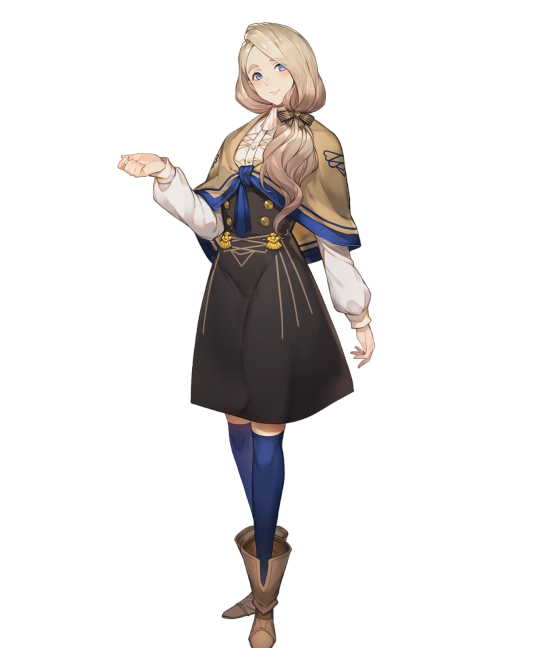
The character I choose to connect to all these thoughts is Mercedes von Martritz. Just like the Judgement card suggests, she must look at the past in order to decide (judge) what her future should be.
Similar to the Lamina, Mercedes is beautiful and can be helpful or harsh with the men in her life. This also ties in nicely with Judgement, as men who treat her poorly (such as Lorenz) receive the tongue lashing of a century.
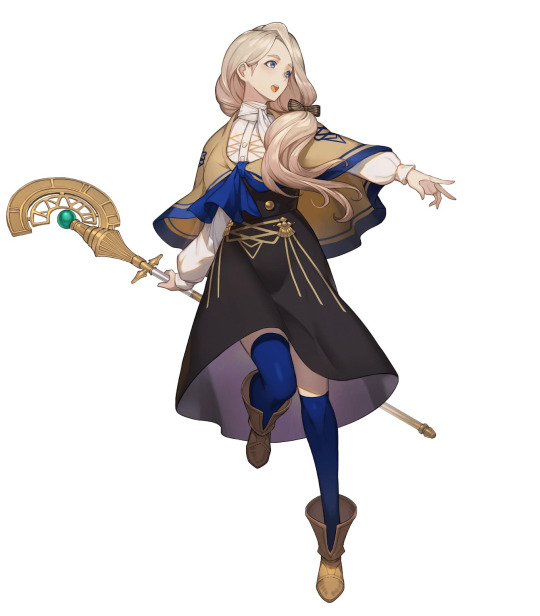
Mercedes also grants protection and support to her allies through her superior healing abilities. Alternatively, her personal skill can also grant protection to herself, so she is receiving support from some unseen patron of healing.
I think it’s very interesting that Mercedes possesses the crest associated with Judgement. She seems like such an “unimportant” character, but she carries such a weighty crest. I do find that any character who has an ending with her has some of their best, most fulfilling endings when they are with her.
Previous: The Sun
Next: The World
#fe3h#fe16#tarot cards#major arcana#judgement#crests#crest of lamine#aegis dragon#basque mythology#mercedes von martritz
8 notes
·
View notes
Text
Anyway here's a lil doodle I did of Anbotoko Mari and Maju forever ago.
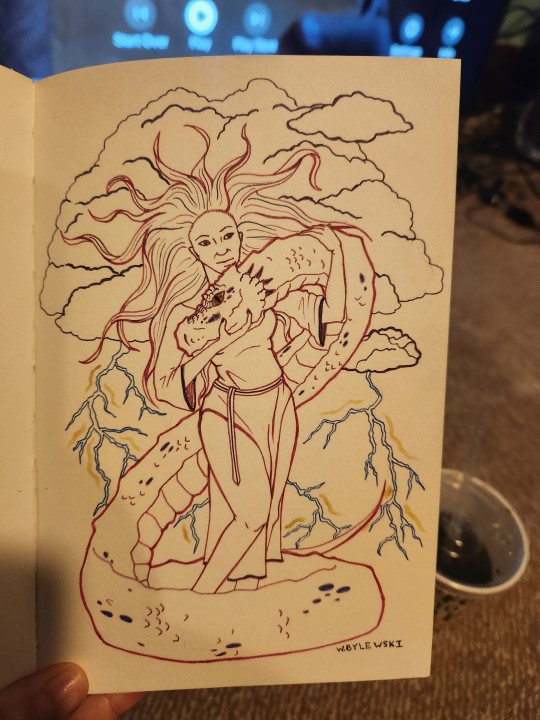
10 notes
·
View notes
Text
The old Sugandil 🦎

2 notes
·
View notes
Text
Basandere
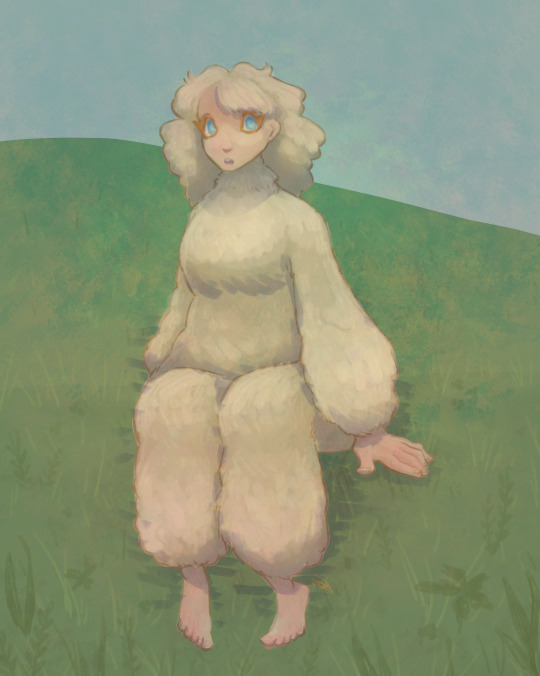
8 notes
·
View notes
Link
#podcast inerview#podcast#mountains#archaeology#anthropology#mythology#joseph campbell#basque#basque mythology#cave art#cave paintings#art history#pareidolia#picasso#picasso quote#Pablo Picasso#bears#bear#constellations
2 notes
·
View notes
Text
youtube
Diabulus in Musica is a Basque band and their song Otoi, is a sort of prayer for Urtzi, one of the gods of the Basque mythology, to protect the Basque people. Mari is the main deity of the Basque mythology. She is a shape shifter and witches honour and follow her. In this song Urtzi is presented as her son but the genealogy of Basque deities has never been clear. There is no clear family tree.
Here are the lyrics in Basque (English translation below):
Urtzi, zeruko argia, ekaitza sortzen duena
Arbasoen babeslea, une honetako ahaztua
Non zaude? Non gaude? Ahaztu egin gaituzte, denborak dena irentsi du eta zimeldu gaitu
Bere atzaparretan atzemanak gaude, gure sustraiak non daude?
Amari, deitzen dizut ozenki
Indarra emaiozu herriari
Urtzi, Amariren semea
Niregana heldu zara
Bidea erakustera, itxaropena ekartzera
Non zaude? Non gaude? Ahaztu egin gaituzte, denborak dena irentsi du eta zimeldu gaitu
Bere atzaparretan atzemanak gaude, gure sustraiak non daude?
Amari, deitzen dizut ozenki
Indarra emaiozu herriari
Amari, deitzen dizut ozenki
Indarra emaiozu herriari
English translation:
Urtzi, light of the sky, creator of storms
Ancestral protector, forgotten at the moment
Where are you? Where are we? We have been forgotten, time has swallowed all and withered us
We are trapped in its clutches, where are our roots?
Mother, I'm calling you out loud
Give strength to our people
Urtzi, son of Amari
You reached out to me
To show the way, to bring hope
Where are you? Where are we? We have been forgotten, time has swallowed all and withered us
We are trapped in its clutches, where are our roots?
Mother, I'm calling you out loud
Give strength to our people
1 note
·
View note
Text





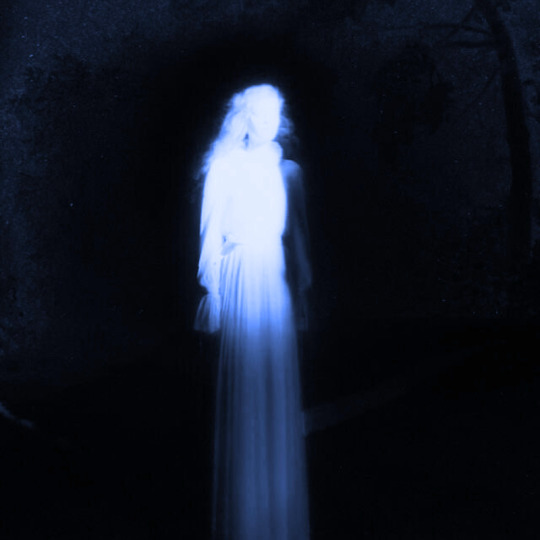

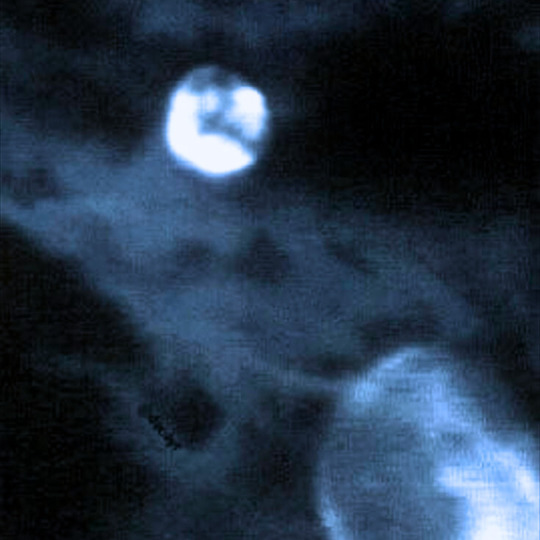

basque mythology: inguma
inguma is the god of dreams and was regarded as a malevolent force who entered houses at night and plagued the residents with nightmares. he also kills people while sleeping.
205 notes
·
View notes
Text
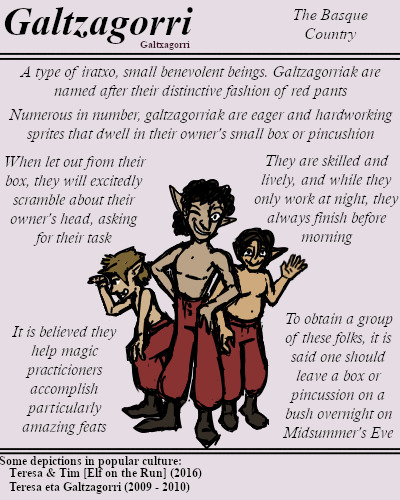
Rather spritely fellows, the small and numerous galtzagorriak live within a box or pincushion. The lot of them are quite earnest and lively as long as their master has work for them when they're out of their container.
#BriefBestiary#bestiary#digital art#fantasy#folklore#legend#myth#mythology#galtzaggori#galtzagorriak#iratxo#iratxoak#basque folklore#basque legend#galtxagorri#galtxagorriak
10 notes
·
View notes
Text

Traditional entrance in Araotz (Gipuzkoa) [x]
The dry flower on the door is called eguzkilore (carlina acaulis), our national flower. It's believed it has protective powers against bad spirits that always come out at night; in Basque tradition they aren't allowed to see the sun, and have a pathological need to count almost uncountable things. So when evil spirits come to a door and see the eguzkilore, they're fascinated by its resemblance to the sun, and then they start counting the thorns. They're so many that morning comes and they have to hide again, without having entered the house.
You'll see this flower on many doors throughout EH and Aragón - where is known as cardincha - so it's clearly a Pyreneean tradition.
#euskal herria#pays basque#basque country#euskadi#pais vasco#culture#Folklore#tradition#Euskal mitologia#Mythology#Gipuzkoa#Door#Aragon
106 notes
·
View notes
Text
youtube
The YouTuber PutoMikel (take a look at his channel about historical divulgation and other things, his video essays are gems) and the comic artist & YouTuber Loulogio/ Isaac Sánchez made a colab about Basque mythology in the film Irati, PutoMikel is talking about this elements shown in the film and Loulogio has drawn two criatures of Basque mythology: a Lamia and a Basajaun.
These are the finished fanarts (×):

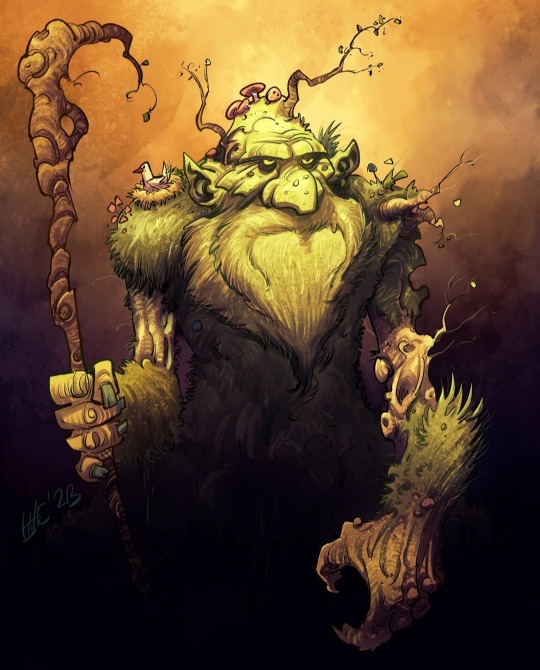
#irati 2022#IratiFilm#art#basque mythology#putomikel#isaac sánchez#analysis#loulogio#irati fanart#lamias#basajaun#Youtube#mikel herranz#mikel herrán subiñas#isaac sánchez gonzález
8 notes
·
View notes
Text
Another of my favorite etymologies is el aquelarre which is "a coven (of witches)"
It is most likely derived from Basque where it meant "meadow of the male goat", almost definitely a reference to the Devil and how Christianity turned former symbols into devil motifs
The word "aker" as "billy goat" or "male goat" also appears in Akerbeltz, which means "black goat" and it was something very similar to Pan in Greek mythology (and other European mythologies), where it was a symbol of animals and nature; then Christianity came in and turned the goat into one of the symbols of the Devil [horns, goat motifs, cloven feet/having hooves], and so the Akerbeltz became a symbol of demon worship by pagans
Again, common in other European countries where different horned animals or deities were linked to devil worship because Christianity
The word aquelarre also can mean "witches' Sabbath", where supposedly witches met to reaffirm their vows - like the opposite of nuns. Usually these supposed meetings were in fields or forests or in the mountains [like Bald Mountain in Slavic folklore, or something similar to Walpurgis Night in Germanic folklore]
96 notes
·
View notes
Text
By the way, in another round of I Didn’t Expect To See This Culture Represented In Media Ever, the Durin seem to be based to some degree on Basques. Zeruertza is Basque for “Sky Boundary” (”Zeru” being “sky”, having the same root as “cielo” which is “sky” in Spanish, “ertz” being “boundary”, “edge” or “parting”). Another Durin city mentioned by Pozëmka, Ortzimuga, is a bit harder, because “ortzi” can be another word for the sky, or can refer to Urtzi, a sky god from Basque mythology, and could even refer to thunder. Muga is “limit”, which can be “frontier” in context, so it can be anything like “Sky Frontier”, “Thunder Frontier” or even just “Ortzi’s Frontier” if made in reference to the deity.
And all of this is very wild to me, because I am of direct Basque lineage and seeing the part of my bloodline that not even most people in the West know exists being referenced in a Chinese mobile game is not exactly what I expected but I welcome it for sure.
397 notes
·
View notes